
Pompeo Colonna was an Italian noble, condottiero, politician, and cardinal. At the culmination of his career he was Viceroy of the Kingdom of Naples (1530–1532) for the Emperor Charles V. Born in Rome, he was the son of Girolamo Colonna, whose father Antonio was second Prince of Salerno; and Vittoria Conti, of the Conti de Poli. His family belonged to the highest rank of nobility both of the City of Rome and of the Kingdom of Naples. Pompeo and his family were hereditary supporters of the Holy Roman Empire (Ghibbelines), and they spent their careers fighting their hereditary enemies, the Orsini family, and defending and expanding their family territories and interests. He played a significant, if sometimes disruptive, role in the Conclaves of 1521 and 1523 on behalf of the Imperial interest. His family commitments and his conclave activities brought Pompeo into conflict with the second Medici pope, Clement VII, whose election he vigorously opposed, and made him a leading figure in the attempted overthrow of Pope Clement and the Sack of Rome in 1527.

A crown-cardinal was a cardinal protector of a Roman Catholic nation, nominated or funded by a Catholic monarch to serve as their representative within the College of Cardinals and, on occasion, to exercise the right claimed by some monarchs to veto a candidate for election to the papacy. More generally, the term may refer to any cardinal significant as a secular statesman or elevated at the request of a monarch.

The 1268–71 papal election, following the death of Pope Clement IV, was the longest papal election in the history of the Catholic Church. This was due primarily to political infighting between the cardinals. The election of Teobaldo Visconti as Pope Gregory X was the first example of a papal election by "compromise", that is, by the appointment of a committee of six cardinals agreed to by the other remaining ten. The election occurred more than a year after the magistrates of Viterbo locked the cardinals in, reduced their rations to bread and water, and removed the roof of the Palazzo dei Papi di Viterbo where the election took place.
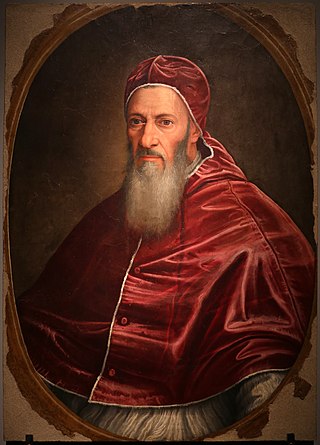
The 1549–50 papal conclave, convened after the death of Pope Paul III and eventually elected Cardinal Giovanni del Monte as Pope Julius III. It was the second-longest papal conclave of the 16th century, and, at the time, the largest papal conclave in history in terms of the number of cardinal electors. The cardinal electors were roughly divided between the factions of Henry II of France, Charles V, Holy Roman Emperor, and Alessandro Farnese, the cardinal-nephew of Paul III.
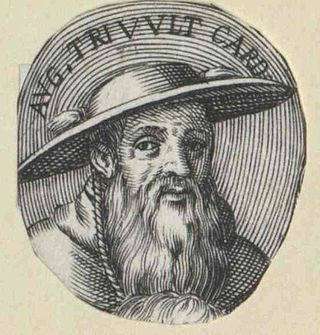
Agostino Trivulzio was an Italian Cardinal and papal legate. He was from a noble family in Milan, the eighth child of Giovanni Trivulzio di Borgomanero, a Councillor of the Dukes of Milan, and Angela Martinengo of Brescia, and was the nephew of Cardinal Gianantonio Trivulzio (1500–1508). Another uncle, Cardinal Antonio's brother Teodoro, was Governor of La Palice, of Genoa, of Milan, and a Marshal of France. Giovanni and Angela had a daughter named Damigella or Domtilla who was famous for her learning. Cardinal Agostino Trivulzio had a nephew named Giovanni, who married Laura Gonzaga.

The 1572 papal conclave, convoked after the death of Pope Pius V, elected Cardinal Ugo Boncompagni, who took the name Gregory XIII.
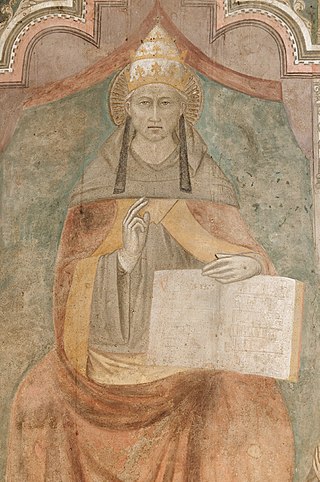
The 1292–94 papal election, was the last papal election which did not take the form of a papal conclave. After the death of Pope Nicholas IV on 4 April 1292, the eleven surviving cardinals deliberated for more than two years before electing the third of six non-cardinals to be elected pope during the Late Middle Ages: Pietro da Morrone, who took the name Pope Celestine V.
The 1241 papal election saw the election of Cardinal Goffredo da Castiglione as Pope Celestine IV. The election took place during the first of many protracted sede vacantes of the Middle Ages, and like many of them was characterized by disputes between popes and the Holy Roman Emperor. Specifically, the election took place during the war between Frederick II, Holy Roman Emperor and the Lombard League and deceased pontiff, Pope Gregory IX, with Italy divided between pro-Papal and pro-Imperial factions known as the Guelphs and Ghibellines.
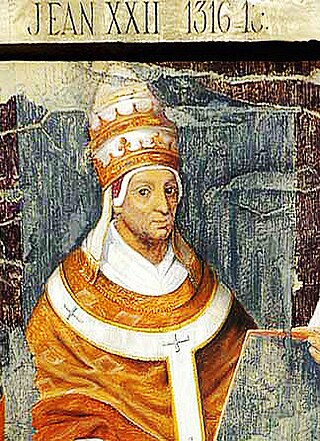
The papal conclave held from 1 May 1314 to 7 August 1316 in the apostolic palace of Carpentras and then the Dominican house in Lyon was one of the longest conclaves in the history of the Roman Catholic Church and the first conclave of the Avignon Papacy. The length of the conclave was due to the division of the cardinals into three factions: Italian, Gascon, and French/Provençal.
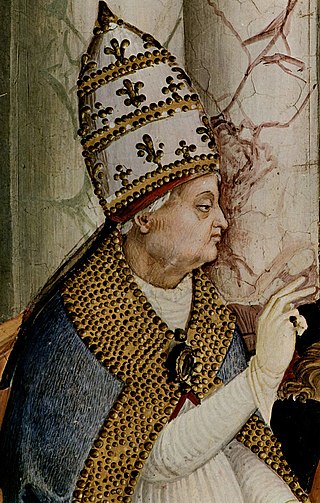
The 1458 papal conclave, convened after the death of Pope Callixtus III, elected as his successor Cardinal Enea Silvio Piccolomini who took the name Pius II.

The 1455 papal conclave elected Cardinal Alfons Borja Pope Callixtus III following the death of Pope Nicholas V. The conclave was the first in the Apostolic Palace, the site of all but five papal conclaves thereafter. The conclave was also the first to feature accessus voting, derived from a practice of the Roman Senate, where a cardinal could change their vote after an unsuccessful scrutiny to any cardinal already receiving votes.
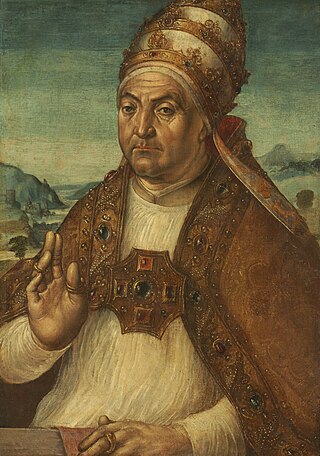
The 1471 papal conclave elected Pope Sixtus IV following the death of Pope Paul II. With the exception of the conclaves of the Western Schism, this conclave was the first since 1305 to feature a working, two-thirds majority of Italians within the College of Cardinals, in no small part because of the absence of six non-Italian cardinals. This was in part due to the unexpectedness of the death of Paul II.

In the 1303 papal conclave, Benedict XI was elected to succeed Boniface VIII as pope.
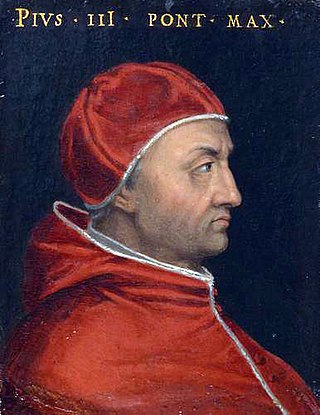
The September 1503 papal conclave elected Pope Pius III to succeed Pope Alexander VI. Due to the Italian Wars, the College of Cardinals was surrounded by three potentially hostile armies, loyal to Louis XII of France, Ferdinand II of Aragon, and Cesare Borgia.
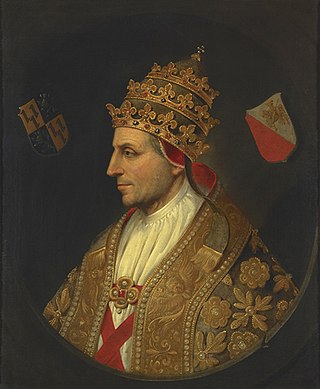
The 1521–22 papal conclave elected Pope Adrian VI to succeed Pope Leo X. The conclave was marked by the early candidacies of cardinal-nephew Giulio de'Medici and Alessandro Farnese, although the Colonna and other cardinals blocked their election.

The 1585 papal conclave, convoked after the death of Pope Gregory XIII, elected Cardinal Felice Peretti Montalto (O.F.M.Conv), who took the name Sixtus V. Forty-two of the sixty cardinals participated in the conclave. The absence of thirty percent of the cardinalate makes this conclave one of the most sparsely attended in the history of the modern Roman Catholic Church. Fourteen of Gregory XIII's thirty cardinals failed to attend, a startlingly high number.
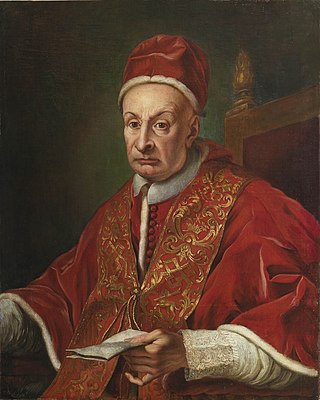
The 1724 papal conclave was called upon the death of Pope Innocent XIII. It began on 20 March 1724 and ended on 28 May that year with the election of Cardinal Vincenzo Maria Orsini, a Dominican friar, as Pope Benedict XIII. The conclave was made of largely the same electors that had elected Innocent in 1721 and the same factions dominated it. Multiple attempts were made to elect candidates that would be acceptable to the various Catholic monarchies at the time, but none were successful until May. Benedict resisted his own election for two days before being convinced to accept it.

The 1565–66 papal conclave was convened on the death of Pope Pius IV and ended in the election of Pope Pius V.

The 1559 papal conclave was convened on the death of Pope Paul IV and elected Pope Pius IV as his successor. Due to interference from secular rulers and the cardinals' disregard for their supposed isolation from the outside world, it was the longest conclave of the 16th century.

Giambattista Orsini was an Italian Roman Catholic cardinal. He served as papal legate to the Marches of Ancona.



















